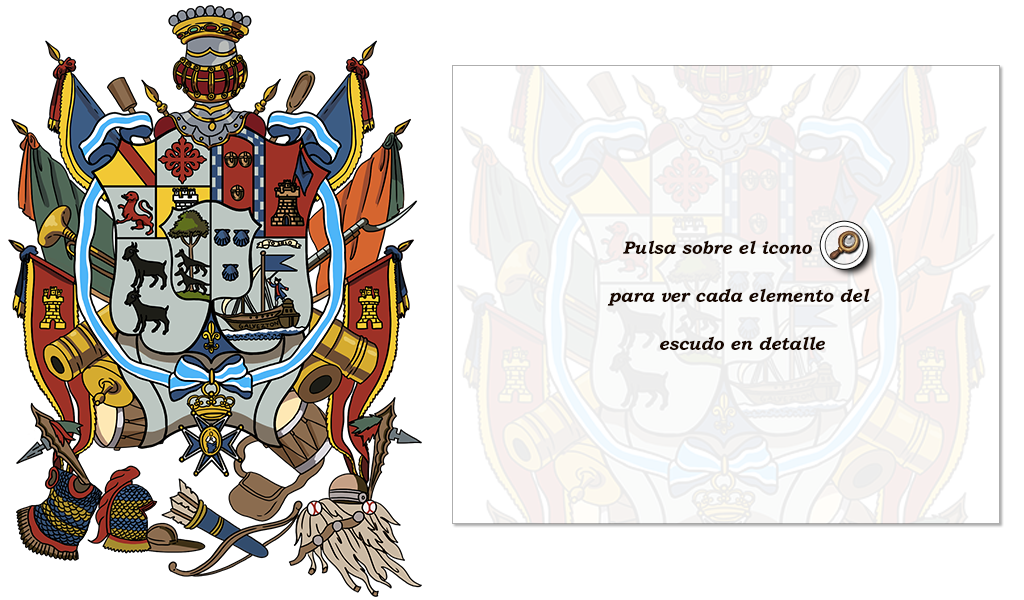Biography of Bernardo de Gálvez y Gallardo Madrid, Count of Gálvez.
Bernardo de Gálvez was born on July 23rd, 1746, in the small town of Macharaviaya in the southern province of Malaga, Spain. When he grew up he decided to join the Spanish military, believing that this was his only way of achieving honor and glory in a time consumed by European warfare. Thanks to his wits and bravery in battle, Gálvez soon caught the attention of his commanding officers and rapidly ascended the military's ranks. The King of Spain eventually promoted Gálvez to the title of captain and awarded him with his own ship and crew. His first task was to patrol and protect the Spanish territories of North America. This was no easy task, of course. Let's not forget that over two thirds of the continent was ruled by Spain, an area that was evidently under constant attack. In fact, for the vast majority of time most of the European settlers living in southern North America were under the domain of Spain and it's sworn protectors, the Dragons of Cuera. These infamous soldiers rode on horseback, wore large sombreros, and protected themselves with leather armor in order to shield themselves against the onslaught of enemy arrows. The Dragons of Cuera patrolled the entire southern United States, from Florida all the way to California. Along the route they built garrisons, which served as both pit stops and bases in case of enemy attacks.
After years of flawlessly obeying orders and getting the job done, Gálvez was finally promoted to general, the highest rank in the military. He was named Governor of Louisiana and given control of New Orleans, the then capital of New Spain. It was during his role as Governor that he learned of general George Washington and his efforts against the British during the Revolutionary War. He immediately took sides against the British and began helping general Washington in any way possible. When the war came to an end and the American Patriots finally declared victory, George Washington made sure that Gálvez and all of his wartime contributions were recognized. On the day of Washington's first presidential inauguration, Bernardo's legendary ship, the Galveztown, was given the task of shooting the thirteen salutes of honor into the air, to commemorate the thirteen colonies and their victories over the British. The canon blasts resonated all throughout New York City, where the ship was anchored for the ceremony. If you listen hard enough you can sometimes still hear the echoes of those blasts: "boom, boom, boom!"
